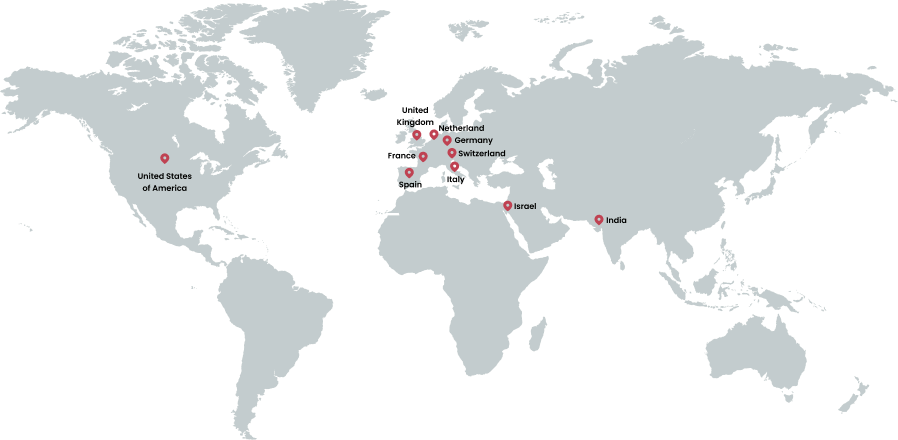- Services
- Technology
- Hire Developers
- Portfolio
- Methodology
- Company
Time and Materials
Time and materials contracts are usually woven tightly with the agile approach to software development.

How T&M Model Works
The project follows agile rules of development. After each two-week sprint, a part of the application can be tested and analyzed for feedback. This feedback shapes further development, meaning the product’s shape can be adapted based on the learning from every demo release and test. The core of the T&M model is agility and flexibility.
You’re not locked in the scope of a fixed-price project, where it’s difficult to introduce changes after kickoff.
In T&M, you can swiftly adjust the scope based on your growing knowledge and actual product experience. The decision-making process is also not sealed at the start of the development, as is the case with fixed-price contracts.
Possible scenarios where scope flexibility is handy in product development:
UI tests (e.g., UX Cam) revealed there are too many elements in the interface, but user feedback indicates the need for another feature. This feature can improve ROI because it influences the purchase decision among early adopters.
Something happens in the middle of the project, e.g., a global shift to remote work, and you need to pivot and change the direction a notch. It can be done with relative efficiency in T&M contracts.
Now let’s deconstruct how T&M gives you control over budget and quality.
A good T&M partner won’t let you waste money without first validating initial results through an MVP



